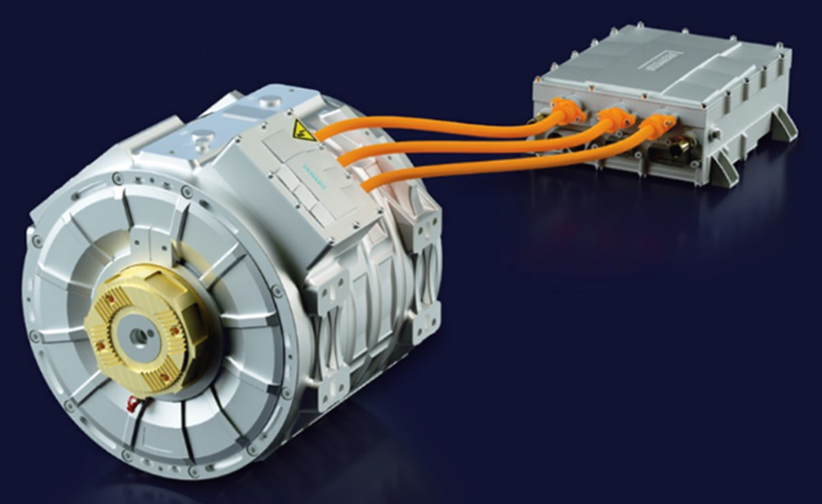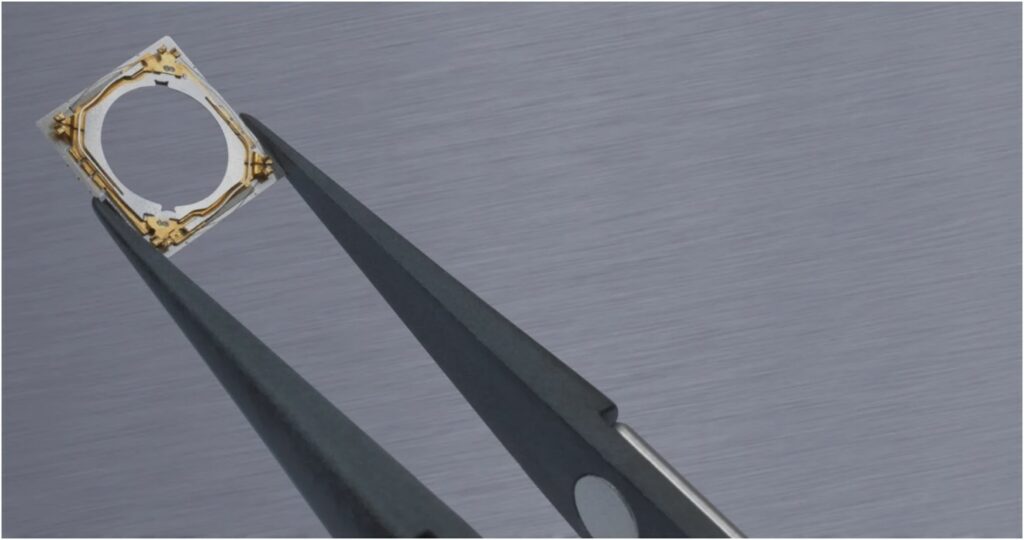
Fluid-o-Tech, a longtime Italian manufacturer of magnetic pumps and magnetic drives for fluid handling, is branching out to additional markets as it builds capability in piezo and shape memory alloy technologies for product development in precision fluidics.
In September, it made a strategic investment in muVaP, a start-up based in Germany that develops compact piezo valves and pumps, boasting a novel patented design that opens new frontiers for the
technology. Typically, there is no magnetic field and no coil used in the construction of piezo products. Applying an electric field to a piezoelectric material changes its size, a feature often applied in audio products as the diaphragm expands and retracts in concert with change in electrical charge.
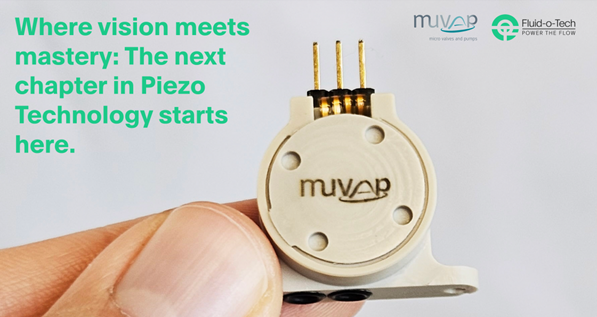
“We are delighted to join forces with muVaP and embark on this journey to push the boundaries of microfluidics technology in fields such as medical devices, life science, diagnostics, analytics, and more,” says Diego Andreis, managing director of Fluid-o-Tech.
With over 70 years of experience in pumps and valves that include both magnetic and non-magnetic platforms, Fluid-o-Tech now also makes intelligent shape memory actuated valves through other companies in its group, namely Dolphin Fluidics and memetis. Dolphin makes intelligent fluidic systems that integrate SMA smart valves and communication electronics while memetic develops compact microvalves and microfluidic systems based on SMA actuation.

In 2022, it made a strategic collaboration with Cambridge Mechatronics Limited (CML) for the development of precision fluid control products employing shape memory alloy. A developer of SMA micro actuators, Cambridge’s precision control technology is embedded in proprietary semiconductors. Its products have shipped in millions of high-end smartphone cameras providing optical image stabilization functionality rivalling professional digital stills cameras. Target markets include drug delivery, portable point of care devices, semiconductor production equipment and fuel cells for electric vehicles.
“Working closely with the Fluid-o-Tech Group and releasing cutting-edge technology together fits in perfectly with CML’s plans to diversify into new markets beyond consumer electronics and fuel our growth. This first product announcement is just the beginning, commented Andy Osmant, managing director of CML.”
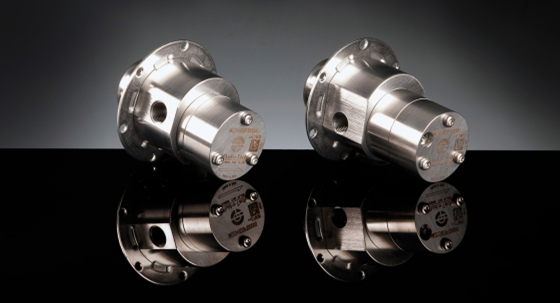
Meanwhile, from its headquarters in Corsico in the Milan area, Fluid-o-Tech continues to advance its lines of traditional pumps and valves for fluid handling, many of which incorporate magnetic technology. Its MG series of magnet drive gear pumps, for example, are compact precision performance pumps for high technology applications. The magnet drive principle provides a totally sealed pump chamber capable of handling a wide range of corrosive liquids with a high degree of safety. A range of driving magnets are available.
The principle of the magnetic drive comprises an inner magnet embodied in the pump and connected to the driving gear, and an outer magnet connected to the motor shaft. The pole-to-pole alignment of the two magnets provides the driving motion to the pump. Decoupling occurs when the pump load exceeds the maximum coupling torque provided by the alignment of the two magnets.
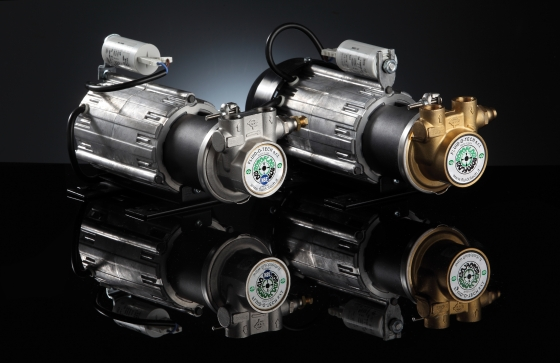
The TMCF01S-07S series 220V AC drives are designed to couple with the TM 30-200 and TM 300-400 positive displacement rotary vane pumps for a range of applications. They include a pump-to-motor adapter and a choice of driving magnets of different materials and torque capability. A magnetic coupling provides extra reliability and longer service life. The units are capable of a flow ranging from 100 to 550 l/h (25 to 145 GPH) and a maximum discharge pressure of 14 bar (200 psi).
CML actuators
Basically miniature motors, actuators are mechanical structures typically responsible for moving a system, requiring both a control signal and source of energy. Most traditional actuators use electromagnetic technology first developed over two centuries ago, comprised of strong permanent magnets and long lengths of electrical windings. By virtue of the size of these parts, electromagnetic actuators are large, heavy and require the addition of further complex systems to allow them to move correctly.
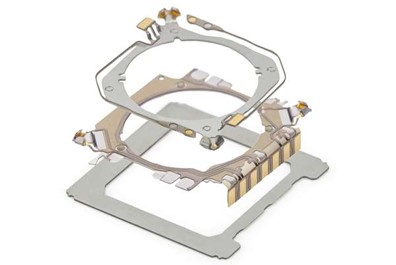
The key component of CML’s actuators is made from shape memory alloy material in the form of a wire. CML leverages the characteristic expansion and contraction of the material to create motion, controlled by driver ICs and software algorithms which alter wire length to achieve sub-micron accuracy.
For more info, see www.fluidotech.it, www.cambridgemechatronics.com, www.muvap.de.


